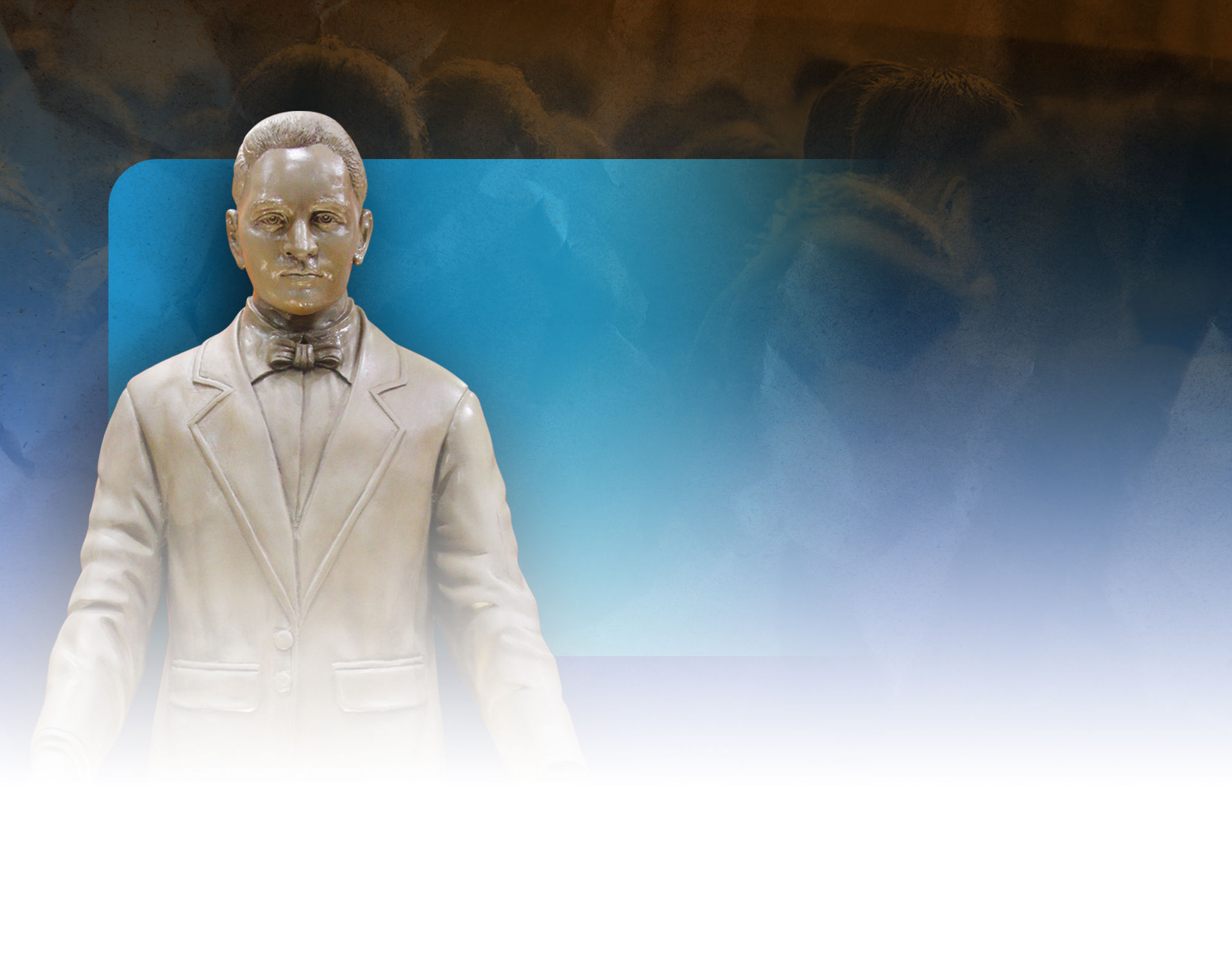STEP 2
Accomplish the following requirements:
🟥 Certified True Copy of Grade 12 Report Card (1st semester with no grade lower than 85 per subject and a G.W.A. of 85% and above)
🟥 Certified True Copy of Grade 11 Report Card (1st and 2nd semester periods with no grade lower than 85 per subject and a G.W.A. of 85% and above)
🟥 Certificate of Residency and Indigency of Both Parents from Barangay (Purpose: for the Dr. Pio Valenzuela Scholarship Program)
If parents are employed:
🟥 Certified True Copy of 2023 Income Tax Return (ITR 2316) with an Annual Gross Income of not more than PHP 120,000.00
🟥 Latest 1-month payslip
If parents are unemployed:
🟥 Affidavit of non-filing of ITR
🟦 JOINT if both parents are residing together and are both legal guardians of their child
🟦 Purpose: for the Dr. Pio Valenzuela Scholarship Program
🟥 Certificate of Non-filing of ITR
If parents are working abroad:
🟥 Employment Contract
🟥 Latest 2 months’ remittance
🟥 Picture of the actual street and residence of the applicant
🟥 Residence sketch with landmarks from PLV Maysan Campus to the residence (Google Maps screenshots are not allowed.)
🟥 Philippine Statistics Authority (PSA) Certified Birth Certificate
🟥 Certificate of Good Moral Character (Purpose: for the Dr. Pio Valenzuela Scholarship Program)
🟥 School Identification (ID) Card of the applicant (front and back)
🟥 Voter’s Certificate of Registered Parent or Guardian (one only)
🟥 Voter’s Certificate of Applicant (if 18 years old and older)
STEP 3
Complete the Application Form and scan the requirements in PDF format.
Follow the file name format below when sending:
DelaCruz_JuanMiguel_DeTorre_ApplicationForm.pdf
DelaCruz_JuanMiguel_DeTorre_Grade12_1stsem_Grades.pdf
DelaCruz_JuanMiguel_DeTorre_Grade11_2ndsem_Grades.pdf
DelaCruz_JuanMiguel_DeTorre_Grade11_1stsem_Grades.pdf
DelaCruz_JuanMiguel_DeTorre_Indigency_Mother.pdf
DelaCruz_JuanMiguel_DeTorre_Indigency_Father.pdf
DelaCruz_JuanMiguel_DeTorre_Indigency_Guardian.pdf (if living with guardian)
DelaCruz_JuanMiguel_DeTorre_Residency_Mother.pdf
DelaCruz_JuanMiguel_DeTorre_Residency_Father.pdf
DelaCruz_JuanMiguel_DeTorre_Residency_Guardian.pdf (if living with guardian)
DelaCruz_JuanMiguel_DeTorre_ITR_Father/Mother/Guardian.pdf
DelaCruz_JuanMiguel_DeTorre_Payslip_Father/Mother/Guardian.pdf
DelaCruz_JuanMiguel_DeTorre_AffidavitOfNonFiling.pdf (if unemployed)
DelaCruz_JuanMiguel_DeTorre_CertificateOfNonFiling.pdf (if unemployed)
DelaCruz_JuanMiguel_DeTorre_Contract.pdf (if OFW)
DelaCruz_JuanMiguel_DeTorre_Remittance.pdf (if OFW)
DelaCruz_JuanMiguel_DeTorre_Street/Residence.pdf
DelaCruz_JuanMiguel_DeTorre_BirthCertificate.pdf
DelaCruz_JuanMiguel_DeTorre_Goodmoral.pdf
DelaCruz_JuanMiguel_DeTorre_School_ID.pdf
DelaCruz_JuanMiguel_DeTorre_VoterCert.pdf (parent and applicant)
Send these to application.drpioscholarship@gmail.com using this subject: DPVSP APPLICATION 2025
Qualified applicants will receive an email regarding the schedule of the FACE-TO-FACE interview.
NOTE: Only QUALIFIED applicants with complete requirements will be processed.
APPLICATION PERIOD: JANUARY 6, 2025 - MARCH 21, 2025
DATE OF EXAMINATION: APRIL 6, 2025


